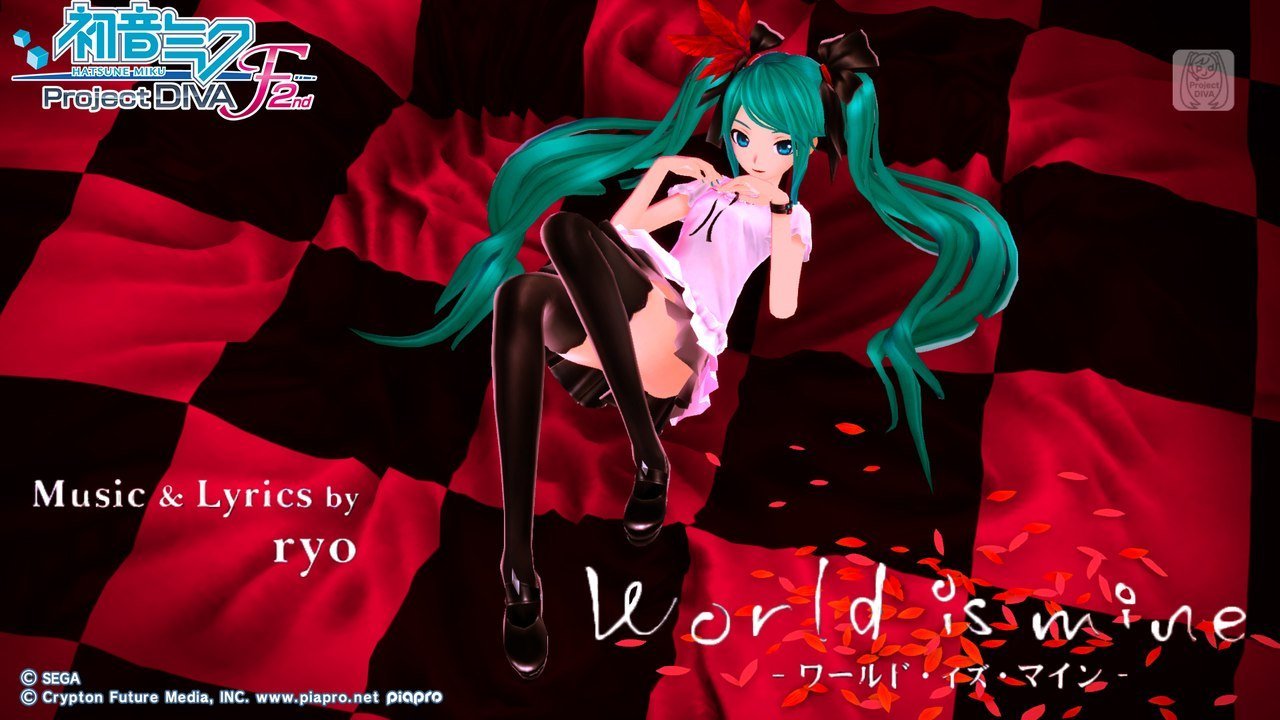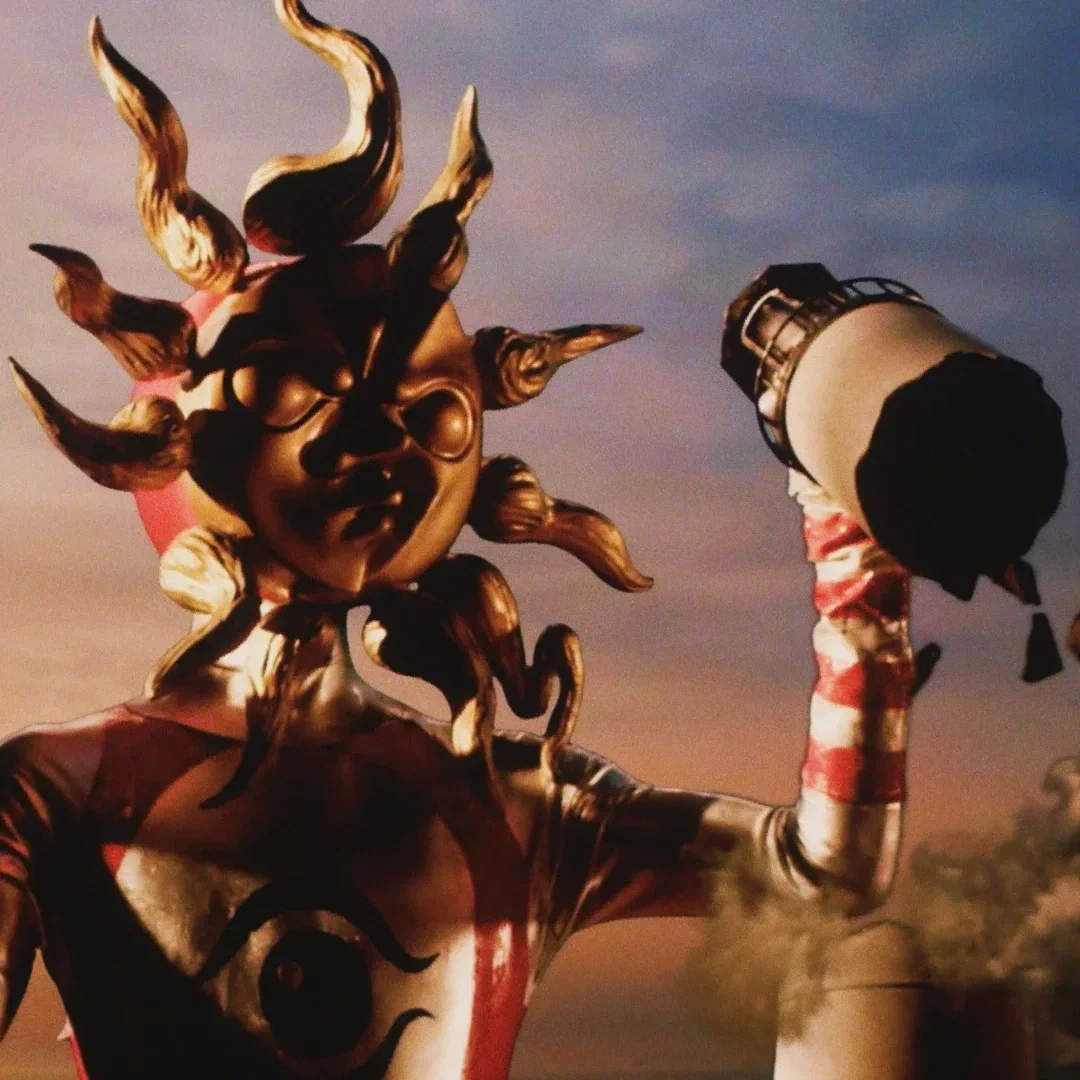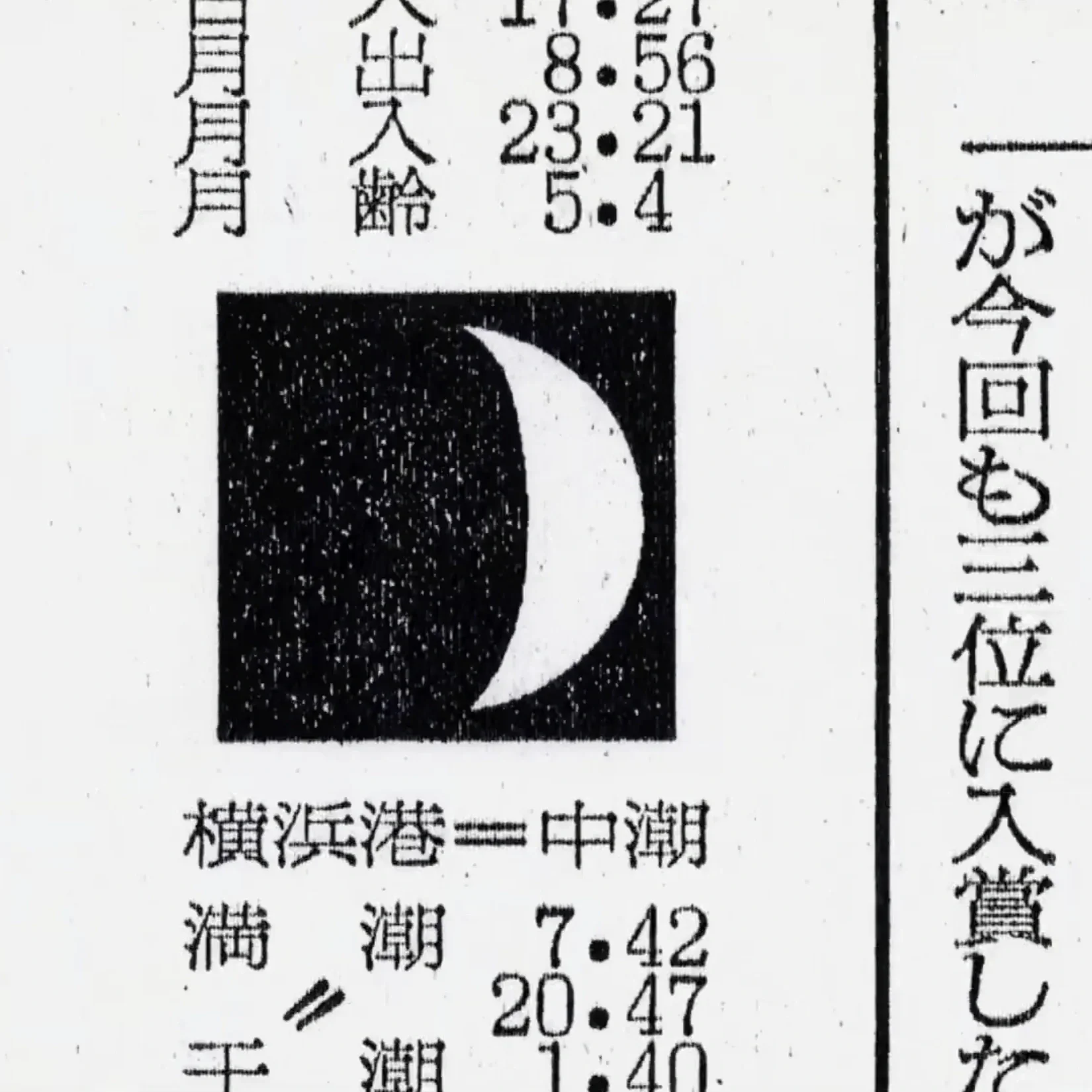Hatsune Miku - The Virtual Diva Redefining Pop Culture
Hatsune Miku│© Crypton Future Media
Hatsune Miku wears the crown of world’s most famous virtual pop star. Since her first appearance, she blurred the lines between reality and the digital realm. How can this fictional rockstar, lacking a physical form, command the stage in live performances, embark on international tours, and create a dedicated and passionate global community? To grasp the essence of Hatsune Miku, one must embark on an exploration of her origins, evolution, and the interplay of technology, music, and fan culture that has propelled her into the limelight.
In this article
From Software to Stardom
Why Use Hatsune Miku? The Appeal of Vocaloid Software
The Community - Miku as a Symbol of Creativity
Iconic Hatsune Miku Songs
Live Performances
The Future of Hatsune Miku
From Software to Stardom
Launched in 2007 by Crypton Future Media, a pioneering Japanese media company, Hatsune Miku emerged from the innovative Vocaloid 2 software developed by Yamaha. Vocaloid itself is a voice-synthesis marvel, enabling users to compose songs by inputting lyrics and melodies sung by virtual performers. At her core, Hatsune Miku is a voicebank—a carefully curated collection of voice samples derived from the real-life singer Saki Fujita. These samples allow creators to make Miku “sing” in an astonishing range of languages, pitches, and styles.
Her name, Hatsune Miku, translates to The First Sound of the Future. While she began as a simple voicebank, Crypton Future Media quickly recognized her potential far beyond a mere voicebank. They crafted her a intricately designed anime persona—a 16-year-old girl adorned with long, turquoise twin-tails and futuristic outfit. This visual identity almost instantly ignited a cultural wildfire among fans and creators worldwide.
Contrary to common misconceptions, Hatsune Miku was not the inaugural Vocaloid character. Preceding her were vocalists like Meiko and Kaito, alongside English-speaking counterparts such as Leon and Lola. Yet, none achieved the cultural resonance that Miku has. What truly sets her apart is her relatability, marketability, and the dynamic, community-driven essence of her character. While other Vocaloids possessed distinct personalities, Miku’s fluid identity allowed her to transcend the constraints of a single genre or role. She became the face of a movement—an emblem of the creative possibilities unleashed by technological innovation.
Hatsune Miku│© Sega and Crypton Future Media
Why Use Hatsune Miku? The Appeal of Vocaloid Software
For countless aspiring producers and musicians, Hatsune Miku embodies a gateway into music creation. Emerging artists no longer need to rely on human vocalists or possess exceptional vocal skills themselves. The Vocaloid software provided them with a toolkit for experimentation—with Miku reigning as the most beloved voicebank.
But what compels so many artists to channel their creative energies through Hatsune Miku, a youthful anime character? The answer lies not merely in the technological freedom she represents, but also in her intrinsic charm and adaptability. Miku’s voice boasts an impressively wide range, enabling it to blend seamlessly into different genres, from pop and EDM to rock and even classical compositions.
Hatsune Miku’s voice also provides a unique anonymity that traditional music-making often lacks. For creators who might feel self-conscious or uncomfortable expressing themselves under their real identities, Miku serves as a sanctuary, a platform for exploration without the weight of judgment based on appearance, gender, or personality. She transforms into an avatar—a blank canvas absorbing the emotions and narratives of each creator, allowing artists to communicate their stories through her voice.
This sense of anonymity has dramatically reshaped the creative processes of numerous Vocaloid producers. Instead of chasing fame or personal recognition, their focus shifts to perfecting their craft. Miku stands as a bridge between the artist and the audience. The result? A vibrant, ever-evolving body of work crafted by a diverse, global community.
The Community - Miku as a Symbol of Creativity
One of the most wholesome aspects of Hatsune Miku’s success is the massive community that has blossomed around her. Although Miku herself exists as a digital entity, she wakes the creative endeavors of countless artists, musicians, animators, and fans around the world. From amateur creators uploading songs on platforms like YouTube and Nico Nico Douga (Japan’s popular video-sharing site) to professional producers collaborating with Crypton Future Media for official releases, the Hatsune Miku hype thrives on a spirit of collaboration and shared enthusiasm
Miku’s appeal is rooted in an open-source model of creativity. Anyone equipped with the Vocaloid software can harness her voice, write new songs, and become a part of her ever-expanding legacy. This decentralized approach to creation has birthed an impressive collection of music under the Hatsune Miku banner. Over the years, her discography has swelled to encompass thousands of tracks.
High-profile musicians such as Supercell have featured Miku in popular tracks like World is Mine, which quickly became an anthem within the Vocaloid community. Similarly, Kz (livetune) has leveraged Miku’s unique vocal range to craft soundscapes that resonate with fans of both J-Pop and EDM. Even global sensation Lady Gaga expressed her admiration for Miku, referring to her as an innovative force in the music industry.
Iconic Hatsune Miku Songs
Throughout the years, Hatsune Miku has become a dazzling luminary in the world of music, gracing thousands of songs that traverse diverse genres. However, certain tracks rise above the rest, establishing themselves as iconic anthems that encapsulate her profound cultural resonance. These songs not only define Miku’s legacy but have also ascended to legendary status within the Vocaloid community and beyond. Herein lies a curated selection of the most celebrated and cherished Hatsune Miku songs, each intricately woven into the rich tapestry of her virtual persona and artistic influence.
1. World is Mine
Released - 2008
Producer - ryo (supercell)
Considered one of Hatsune Miku’s most iconic songs, World is Mine stands as a quintessential representation of her persona as a princess figure. With its infectious, upbeat melody harmonized with Miku’s ethereal, high-pitched vocals, this track has rightfully earned its place in the pantheon of Miku’s greatest hits. The success of this anthem was crucial, solidifying Miku’s status as a global digital pop sensation.
2. Melt
Released - 2007
Producer - ryo (supercell)
Another timeless classic from supercell’s ryo, Melt is foundational to Hatsune Miku’s rise to global fame. Melt is often heralded as one of the initial tracks that unveiled the creative potential of Vocaloid software, particularly through Miku’s unique voice. Its immense popularity ignited a new wave of Vocaloid producers and enthusiasts, inspiring many to explore the emotional depth that Miku could convey through music.
3. Senbonzakura
Released - 2011
Producer - Kurousa-P (WhiteFlame)
Senbonzakura stands tall among the most beloved Hatsune Miku songs, showcasing a vibrant fusion of traditional Japanese music and contemporary rock elements. Thematically, it delves into revolution, nationalism, and the specter of war, rendering it one of Miku’s more politically resonant and intellectually stimulating pieces. The vivid imagery and cultural allusions within the lyrics resonate deeply with Japanese listeners.
4. Rolling Girl
Released - 2010
Producer - wowaka
Rolling Girl immerses listeners in a darker, emotionally charged narrative. Produced by the exceptionally talented wowaka, known for his emotionally impactful creations, Rolling Girl epitomizes a raw and candid portrayal of mental turmoil. This exploration of challenging feelings has endeared it to fans within the Vocaloid community, providing solace for those who seek refuge in music that reflects their struggles.
5. Tell Your World
Released - 2012
Producer - livetune (kz)
While World is Mine encapsulates Miku’s diva essence, Tell Your World presents her as a beacon of creativity and global connectivity. Gaining international acclaim through its inclusion in a Google Chrome advertisement in Japan, the song beautifully illustrates how Miku and her fans coalesce to create art and music. The overarching message of reaching out to the world through artistic expression, regardless of the medium, captures the very essence of Hatsune Miku: a symbol of technology’s power to unite individuals in creative pursuits across the globe.
Live Performances
She might be a digital creation, but Hatsune Miku has rocked live stages around the world, performing to sold-out crowds at places like the Staples Center in LA and Zepp Tokyo in Japan. Miku comes to life on stage as a 3D hologram. With a live band backing her up, she dances and sings popular Vocaloid hits, while fans wave glowsticks and absolutely lose their mind over the digital entity.
Miku’s fans, known as “P’s” (short for Producers), play a big part in these events. A lot of the songs she performs are created by the community itself. Going to one of her concerts, where the main star only exists digitally, shows how technology can blur the lines between what’s real and what’s virtual. Even though Miku isn’t physically there, the emotions she sparks in her fans are very real, and the passionate community she’s built thrives on creativity and genuine love for her music and character.
The Future of Hatsune Miku
In an era where the seamless fusion of technology with art and culture is not just a trend but a transformative force, Hatsune Miku stands as a beacon of creativity. The recent unveiling of Piapro Studio—a revolutionary platform replacing Vocaloid—marks a big leap in hMiku’s voice synthesis capabilities.
The true beauty of Hatsune Miku is shown through the creators. As long as there exist creators willing to explore and transcend the limits of music, art, and technology, Miku will continue to metamorphose. She is unshackled by the constraints of age and physicality, allowing her to be reimagined and refined by her community over and over again.









Discover the top Vocaloid artists shaping the virtual music scene.